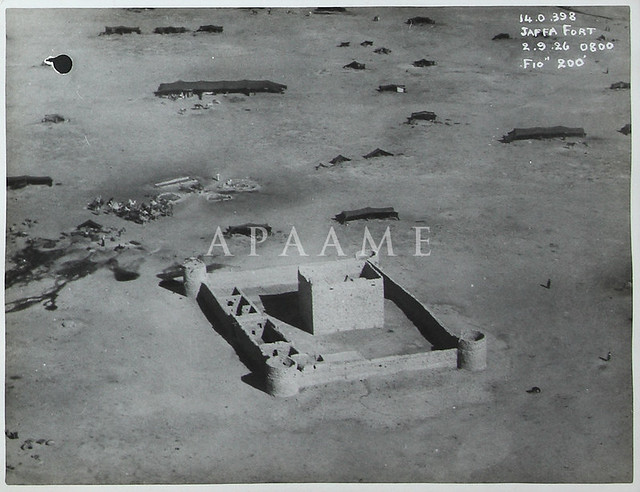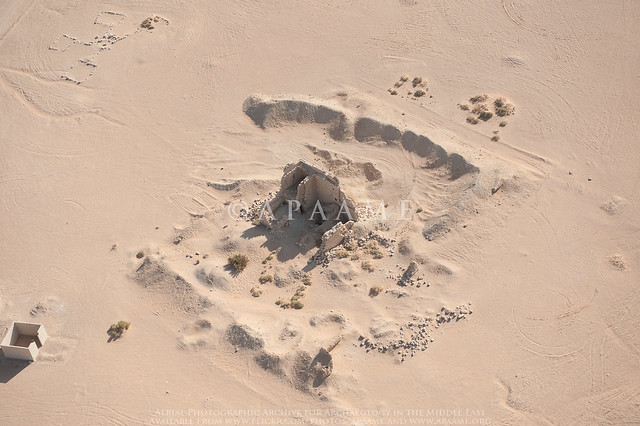Since its establishment in 2009, what Flickr calls ‘View
Counts’ have reached 7.153 million. After a slow start the number now rises by
about a million every few months and the site has 452 ‘Followers’.
A sign of the times is that the all-time most viewed
photograph is one of Aleppo, seen 3850 times. Not one taken by our team but the
work of No 1 Squadron of the Australian Flying Corps on 23 October 1918 from
7000 feet. It is labelled ‘Aleppo from SW’. The original print is held in The
National Archives at Kew in the UK.
The flight – just two and half weeks before the Armistice in
Europe, was in the period after the collapse of Ottoman forces in Palestine,
Transjordan and southern Syria and 23 days after the Australian Light Horse
entered Damascus on 1 October. The photograph is one of several taken by the
AFC at that time over Lebanon and Syria (including Damascus on 17 October).
-DLK
 |
| APAAME_19181023_TNA_RAFAINN_CN5-2 part2 (193) |


